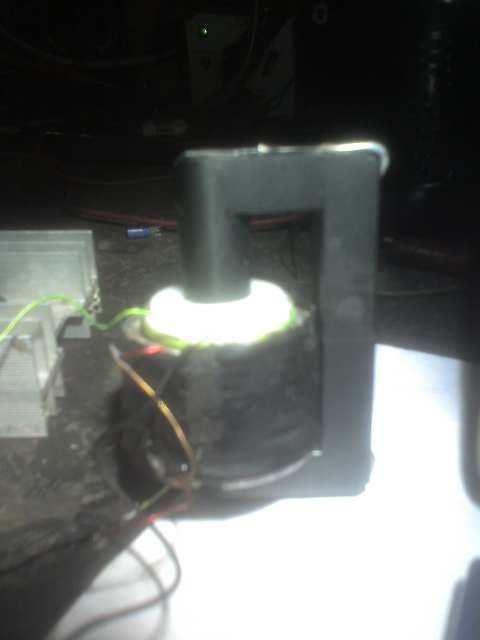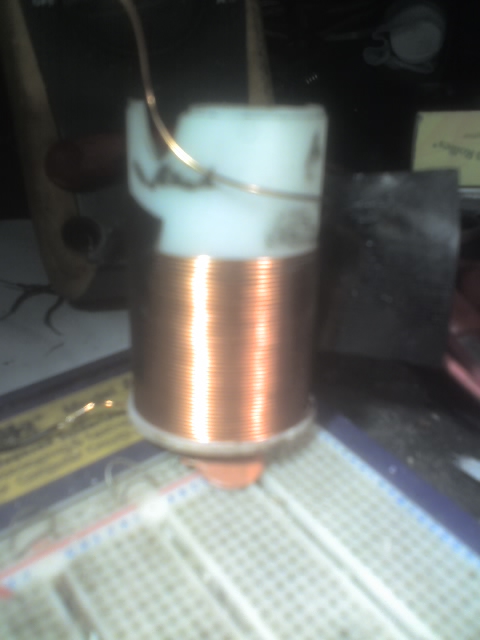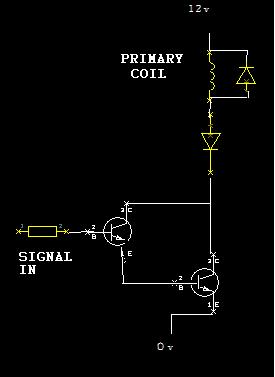nsaspook
Junior Member level 2

- Joined
- Jun 23, 2010
- Messages
- 21
- Helped
- 5
- Reputation
- 12
- Reaction score
- 5
- Trophy points
- 1,283
- Location
- Fairview, Oregon
- Activity points
- 1,404
I have nothing personal against you 'freeman2' but IMHO you have made a fundamental error about EM fields that has been disproved many times over the past hundred years. Look at the perfect or ideal transformer models. The net energy transfer to the magnetic field always increases as the resistance is reduced to zero (assuming no non-linear elements) . Increasing resistance in the coil increases the E field (voltage) energy. The product of these two fields will be the power wasted in the coil wiring. Trying to move the flux from the core into the wiring won't work unless you have something exotic like a Ferromagnetic superconductor.
File:Toroidal Transformer Poynting Vector.jpg - Wikipedia, the free encyclopedia
Transformer engineering: design and ... - Google Books
**broken link removed**
Ferromagnetic Superconductors
File:Toroidal Transformer Poynting Vector.jpg - Wikipedia, the free encyclopedia
Transformer engineering: design and ... - Google Books
**broken link removed**
Ferromagnetic Superconductors
Last edited:







